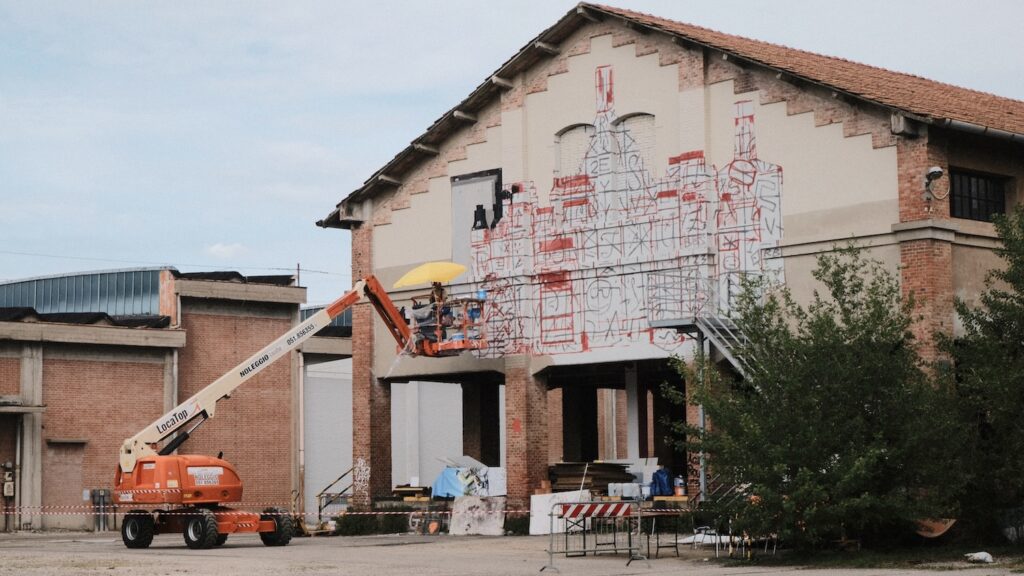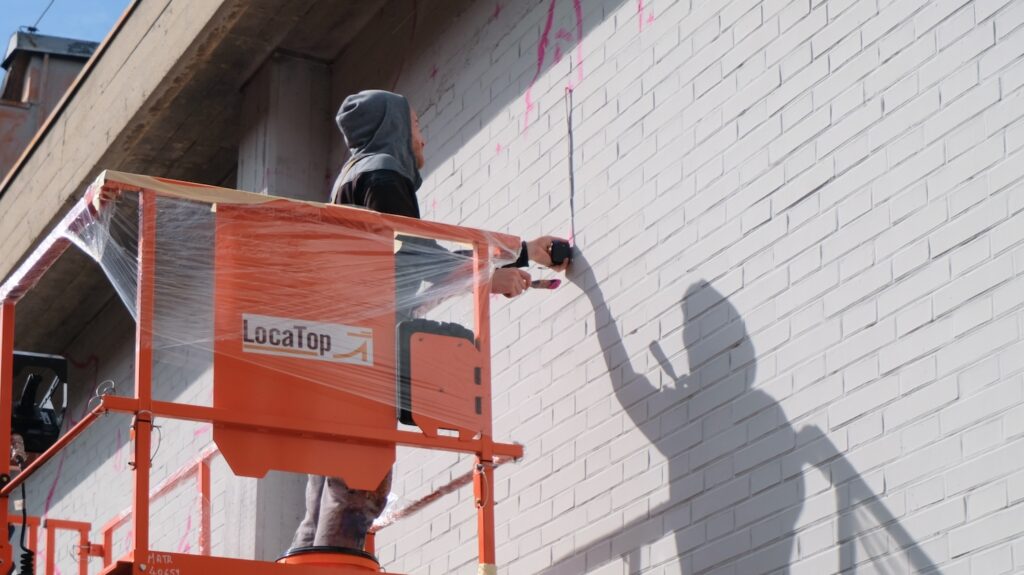NEB ambition
The ultimate ambition of the New European Bauhaus is to achieve transformation. To do this, the NEB Compass has identified specific levels of ambition that outline the desired outcomes for each of the NEB values.
The ultimate ambition of the New European Bauhaus is to achieve transformation. To do this, the NEB Compass has identified specific levels of ambition that outline the desired outcomes for each of the NEB values.
These areas refer to the five key domains of intervention that CrAFt's New European Bauhaus Impact Model considers essential for guiding and evaluating complex urban initiatives.
The participation level refers to the degree or extent to which individuals or groups are actively involved or engaged in a particular activity, project, or process. It assesses the depth of their involvement, contributions, and commitment, ranging from minimal or passive participation to active and dedicated participation.
The New European Bauhaus (NEB) aims to promote the values of sustainability, aesthetics, and inclusion in the design and transformation of urban spaces. It emphasises the integration of environmental, social, and economic considerations to create harmonious and innovative living environments.
According to the Smart City Guidance Package, there are seven stages to plan and implement smart city projects. These stages propose a logical and coherent roadmap for city initiatives involving many stakeholders.
I’m Raffaele, an architecture and engineering student at Alma Mater Studiorum-University of Bologna. I have resided in Bologna for the past three years, and this year, I had the opportunity to participate in the CrAFt project during my apprenticeship.
From my perspective, contemporary society is experiencing an excess of individualism, potentially transforming cities into places lacking social connections and vitality. This may not solely be an individual choice but rather a consequence of an excessive focus on the efficiency of the city, occasionally neglecting social and aesthetic aspects.

Fortunately, each city possesses its unique atmosphere. In my limited experience, Bologna has distinct potential. I was pleased to discover that it was selected as a CrAFt Sandbox City, with the pilot case study being cultural space DumBo.
Bologna, with its history of utilising various approaches that prioritise social aspects, is an ideal city to set new goals. Being a university town and the birthplace of divergent thought, Bologna provides an excellent environment in which to apply CrAFt ideas and experiment with creating new life models.

Particularly, DumBo is a captivating place, representing a notable example of temporary urban regeneration. Once an abandoned railway yard of Ferrovie dello Stato (FS), it has transformed into a space where new social dynamics flourish daily, hosting many cultural and artistic events.
My research focused on cultural sustainability, and at DumBo, I was intrigued by the murals adorning the walls of this expansive space. I sought to understand how people engage with these artworks and how interpersonal connections are fostered here.

The lesson I derived from my research is that fostering sociality and culture necessitates attention to aesthetic qualities in a space. The absence of such attributes defines citizen behaviour, leading to a reluctance to trust institutions, other people, and the city.
Looking ahead, I aspire to delve deeper into the relationship between art and people, viewing urban issues differently. I remain optimistic about the solutions proposed by CrAFt and finding them feasible and targeted. However, my concern lies in whether other realities are prepared for this change. Fortunately, in Bologna, some entities already share similar values to those of the New European Bauhaus, fostering hope that future collaborations will strengthen the network. Unity is strength!
Written by Raffaele Tommaso Isernia
Copy edited by Jose Rodriguez
Photos by